Abarth CEO Says A More Powerful Abarth 500e Is In The Works!
More Abarth Models Are In The Works...

Following the introduction of the all-new Abarth 500e battery-electric vehicle (BEV) last week, FIAT/Abarth CEO Olivier François told members of the press that they can expect the Abarth portfolio to grow with even more electrified offerings.
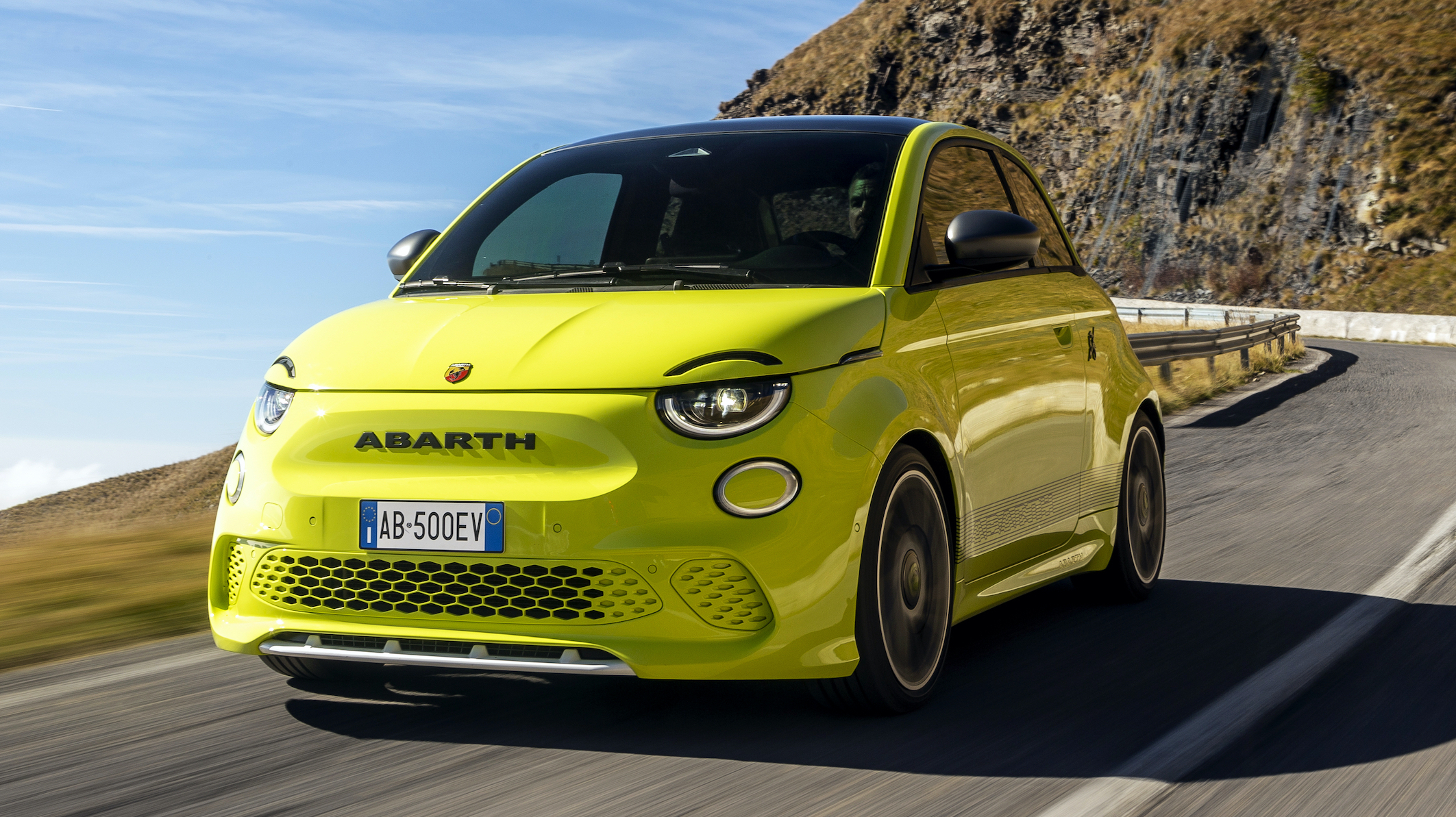
But don’t expect every FIAT model to get an Abarth variant. “All FIAT models can potentially have an Abarth version, but it won’t make sense for everyone”, François said. This means that we can expect the Abarth team to carefully evaluate which vehicles in the FIAT portfolio will eventually be selected for “Scorpion” duty.
François also revealed that more powerful variants of the new Abarth 500e are currently under development.
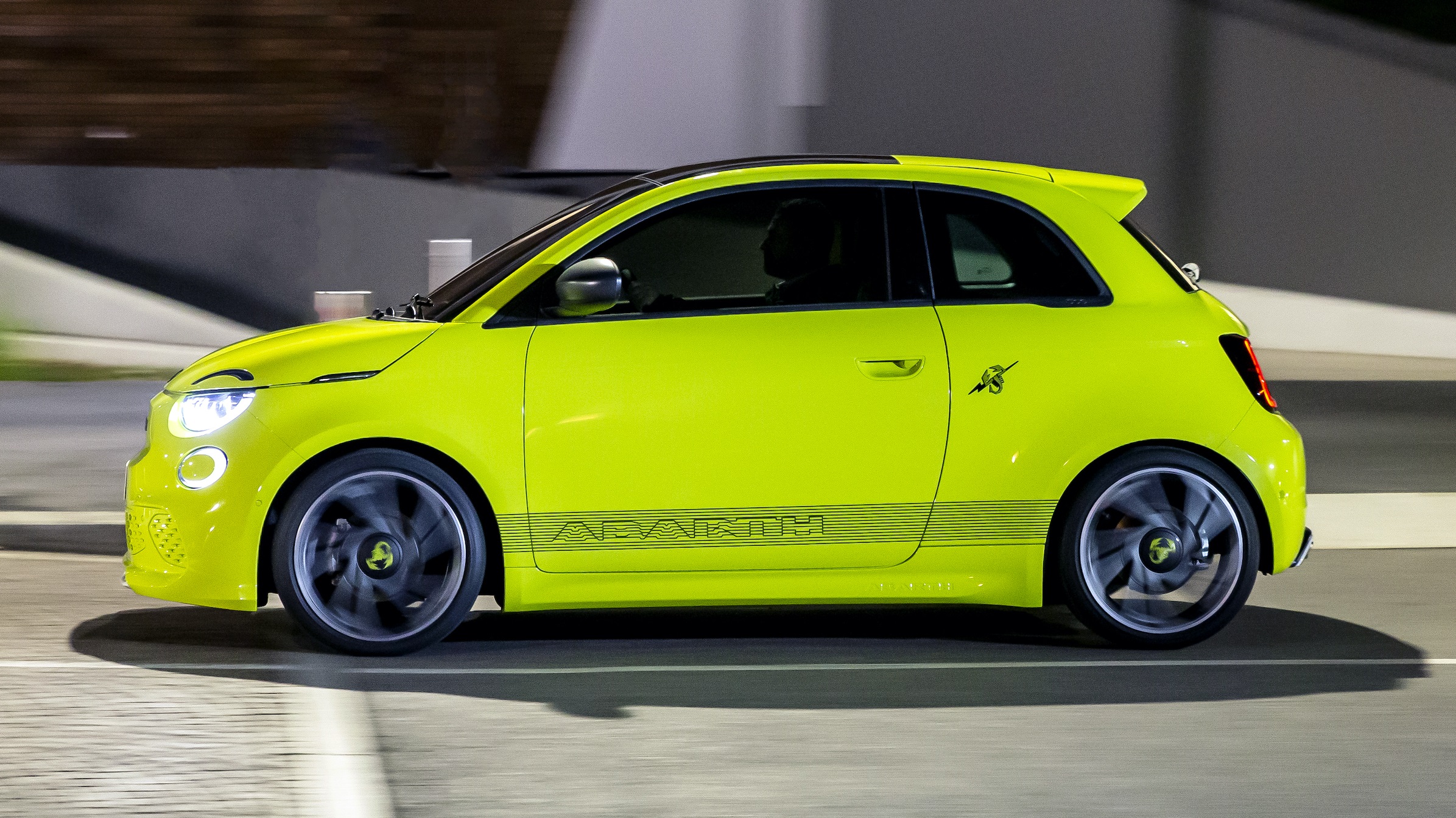
The Abarth 500e delivers 155 horsepower and 173 lb.-ft. (235 Nm) of torque. That is an increase of 38 horsepower and 11 lb.-ft. (15 Nm) over the standard 500e. The Abarth model is capable of a 0 to 62 mph (100 km/h) pass in 7 seconds. That’s a full 2 seconds quicker than the standard Cinquecento BEV. However, it falls short of the current turbocharged Abarth 695’s time by 0.3 of a second.

Thanks to its instant torque, the Abarth 500e is a full second faster than the top-spec 695 on FIAT’s Misto Alfa Romeo circuit. They also claim that the 500e can go a full second quicker from 12 to 25 mph (20 to 40 km/h) than the 695 during a roll.
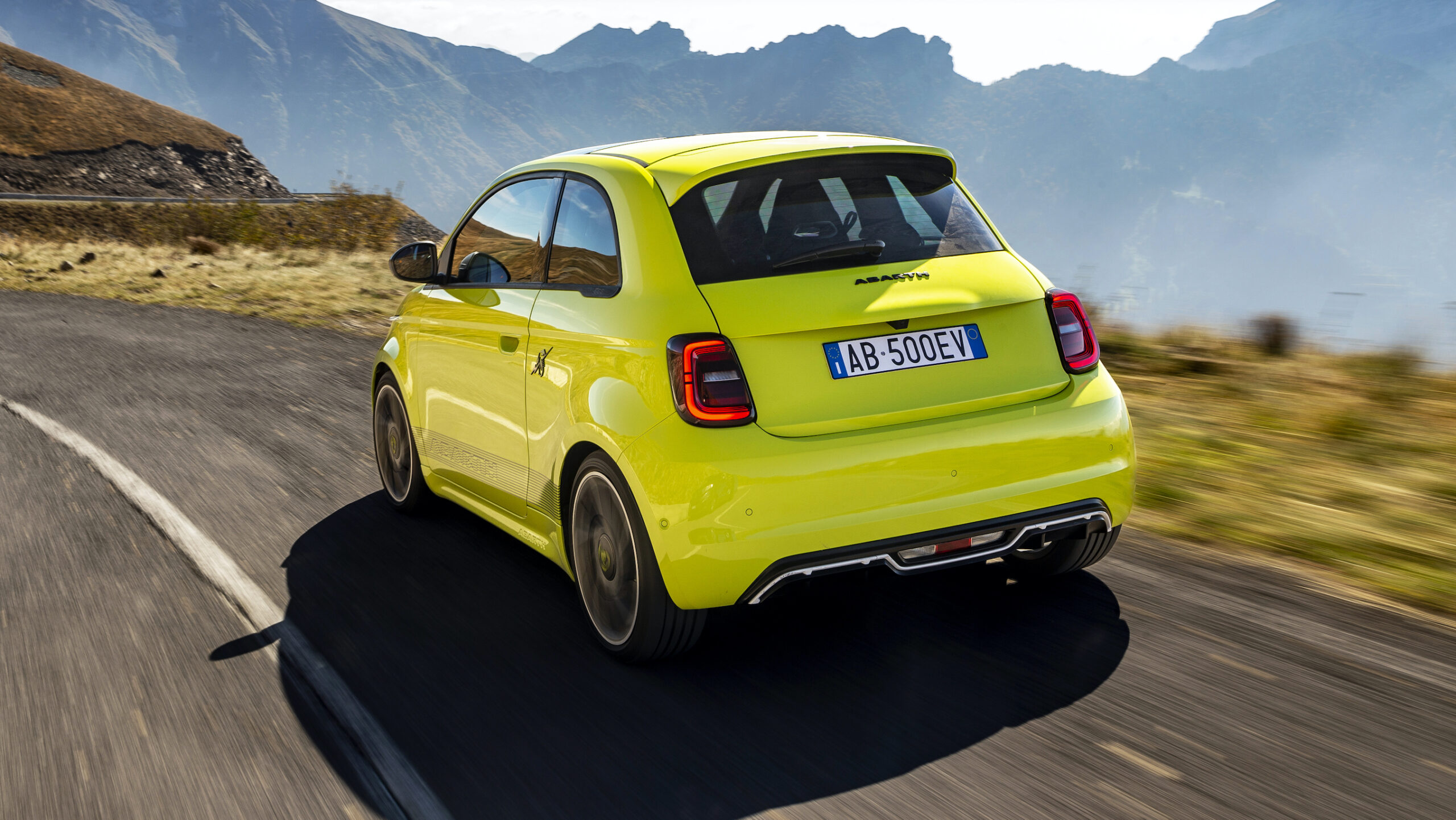
A more powerful model might not hush naysayers about the move to electrification. It will have to not only perform the standard Abarth 500e, but it will also have to feature the same range if not improve on it. Hopefully, the next model will fulfill this.

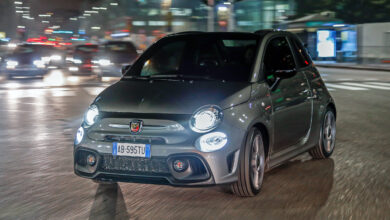
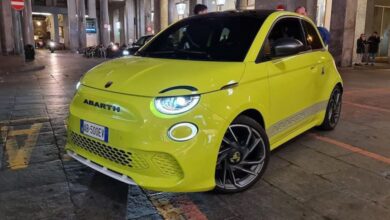
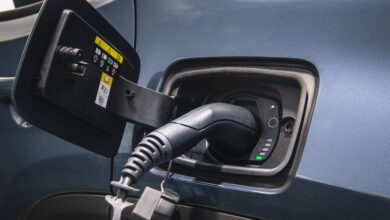
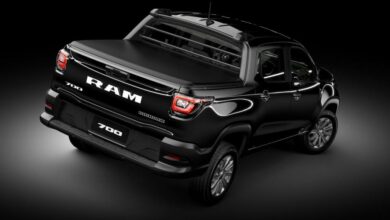
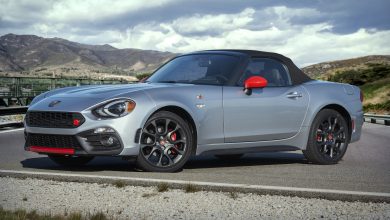
3 replies
Loading new replies...
Join the full discussion at the Mopar Insiders Forum →